DPRK
Photos by Eckart Dege
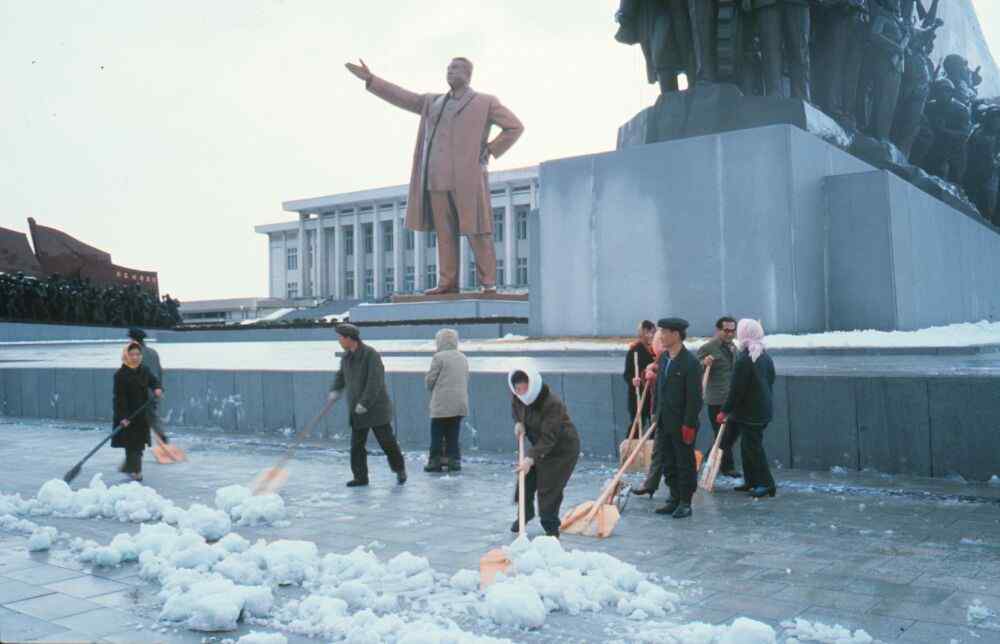

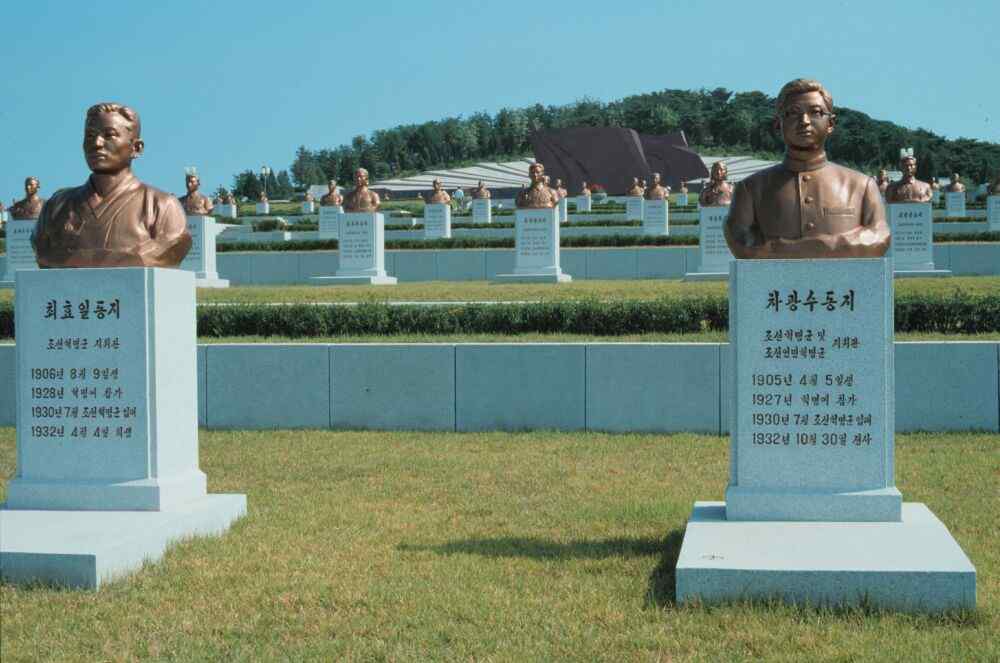
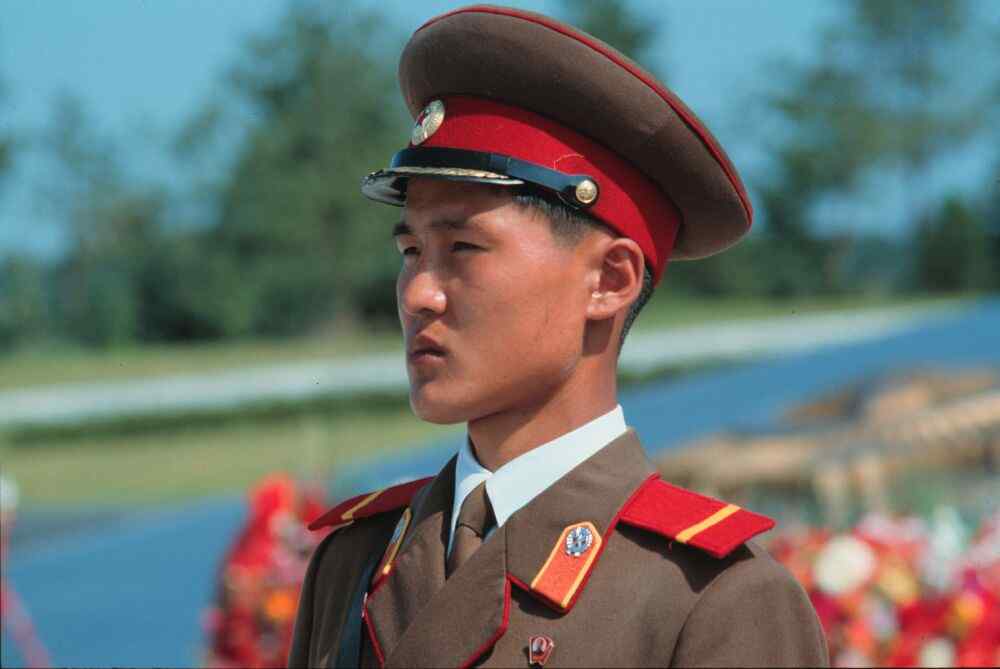

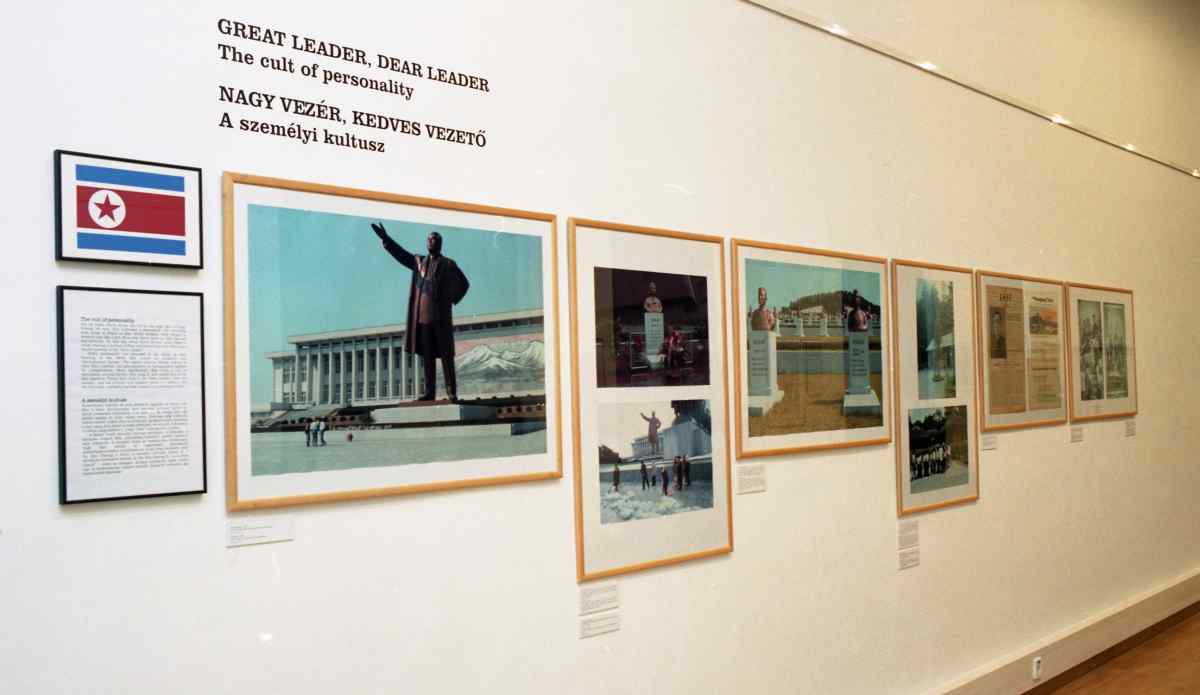
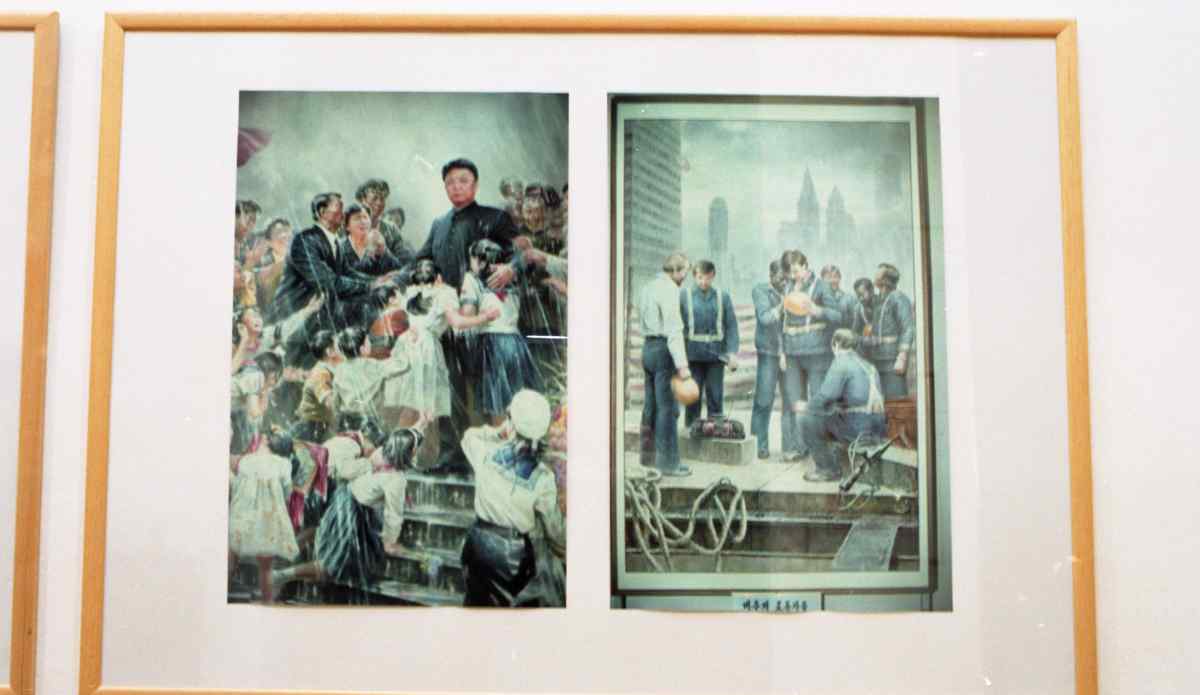
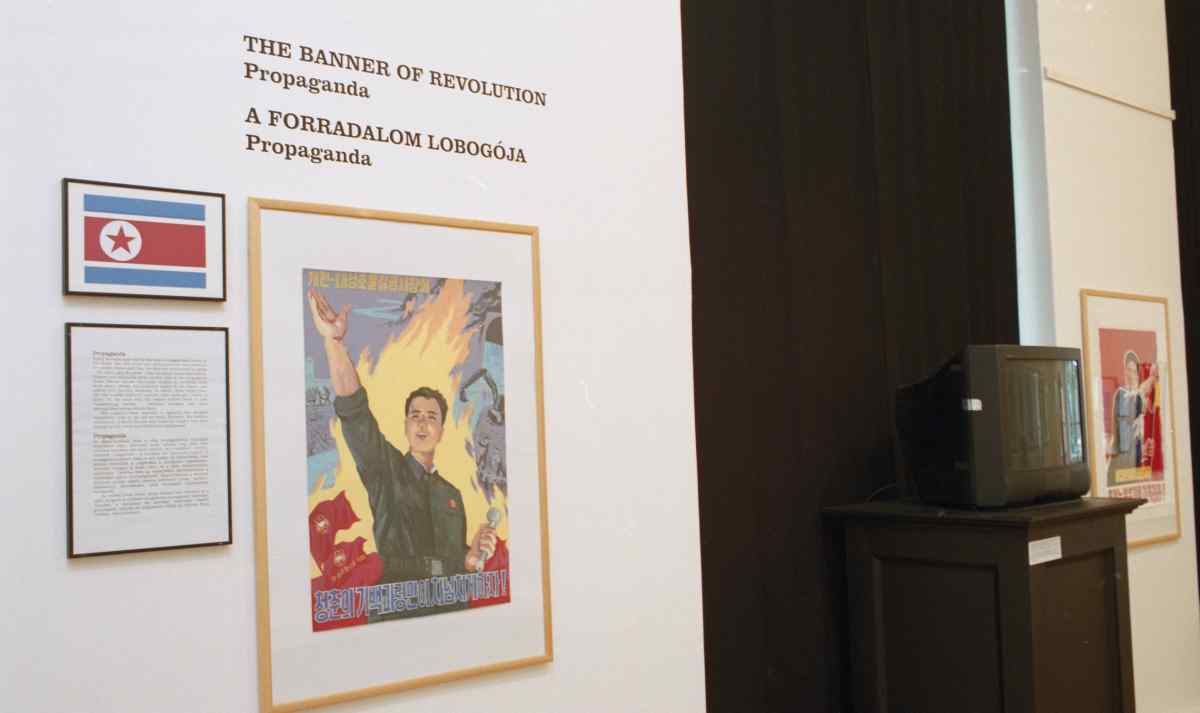
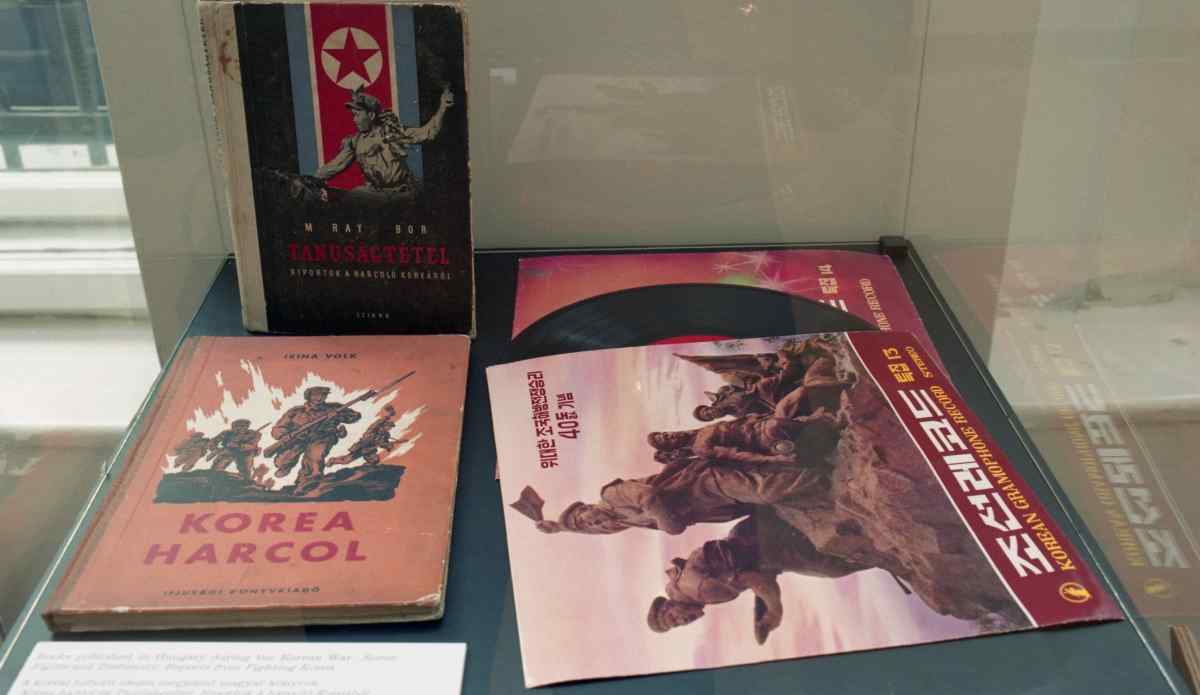
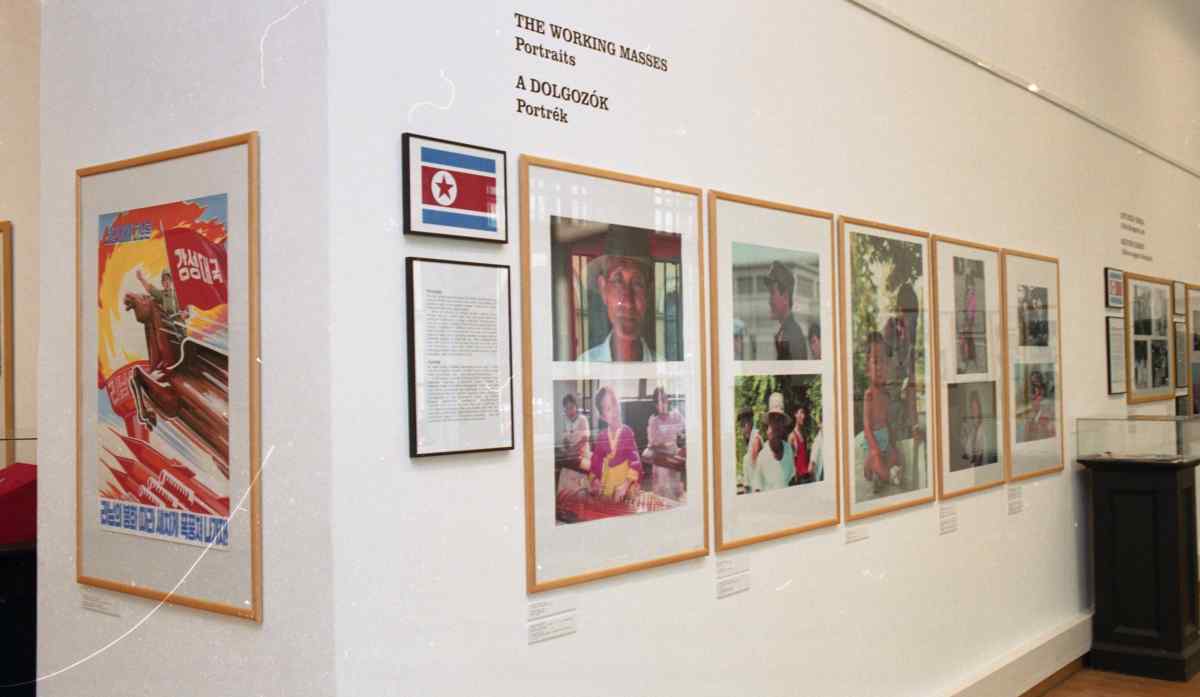
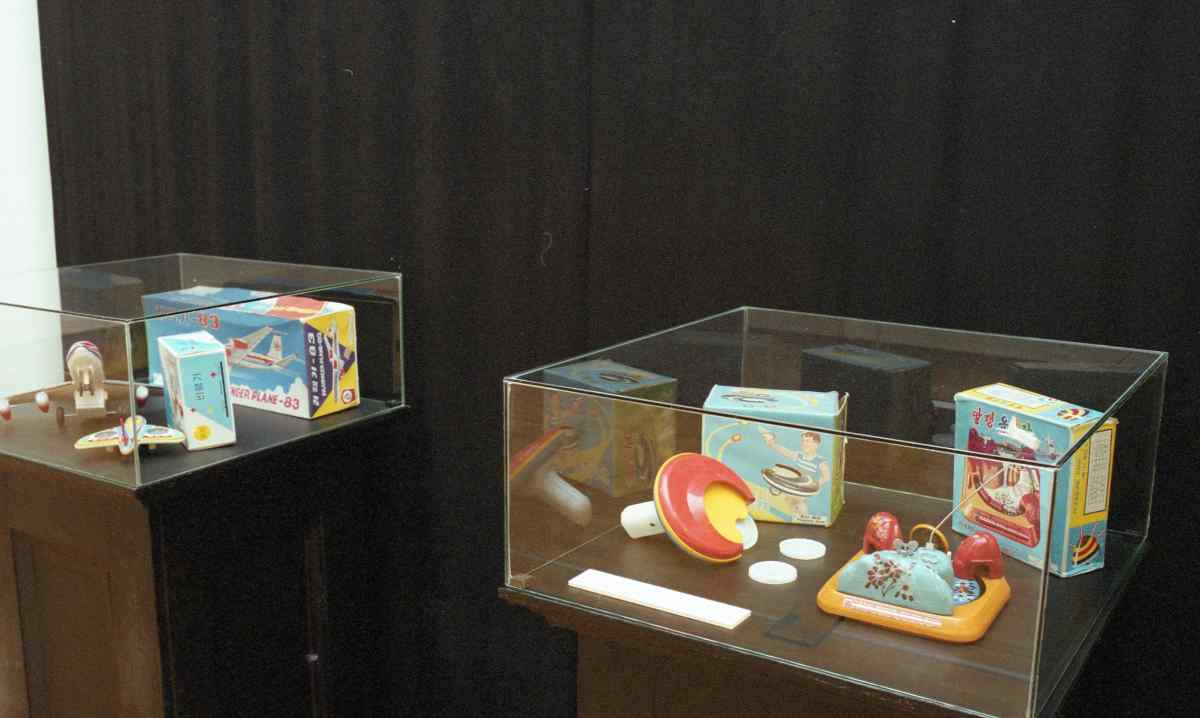
Anyone who follows the news is familiar with North Korea the threat—the overmilitarized, unpredictable “rogue state” of Northeast Asia. This exhibition presents something far less known: North Korea the country, glimpsed from the inside.
North Korea is, without a doubt, the most isolated country on earth. Out of view of the outside world, its 24 million people live under a regime that has become both more regimented and more pervasive than Stalin’s.
The exhibition presented selected aspects of the North Korean system, such as the cult of personality surrounding the late leader Kim Il Sung; the gargantuan monuments the regime has built to glorify itself; and the troubled state of the country’s agriculture. Photos and newsreels recalled Hungary’s aid to North Korea—schooling war orphans and treating the wounded —during the Korean War.
The backbone of the exhibition consisted of dozens of vivid photographs taken between 1988 and 1996, by Dr. Eckart Dege, professor of the Geographic Institute at the University of Kiel in Germany. These candid scenes, many showing ordinary North Koreans at work and rest, have never before been shown to the public. The explanatory texts that accompanied them connected the dots among the different themes.
Videos introduced the North Korean capital, Pyongyang, as well as a triumphalist military parade. Completing the presentation was a selection of propaganda posters, newspapers, and music.